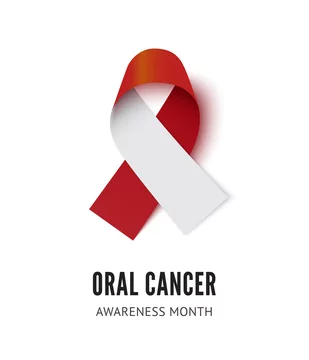Oral cancers, which include cancers of the lips, tongue, cheeks, floor of the mouth, hard and soft palate, and throat, are a serious health concern worldwide. Early detection is crucial for effective treatment and improved patient outcomes. Fortunately, advancements in diagnostic technologies and innovative approaches are enhancing the accuracy and efficiency of oral cancer diagnosis. This article explores emerging trends and innovations in diagnosing oral cancers and their impact on patient care.
Early Detection and Screening

The earlier oral cancers are detected, the better the prognosis for patients. Innovative screening methods are helping improve early detection rates:
1. ViziLite and Identafi:
- These are light-based technologies that use different wavelengths of light to highlight abnormal tissue in the mouth.
- These tools are non-invasive and can help dentists and oral surgeons identify areas of concern during routine exams.
2. Fluorescence and Reflectance Imaging:
- Fluorescence imaging uses special lights and dyes to identify abnormal tissue in the oral cavity.
- Reflectance imaging enhances the visualization of changes in the tissue structure, aiding in the identification of potential cancerous lesions.
3. Saliva Testing:
- Saliva tests can identify specific biomarkers associated with oral cancer.
- This non-invasive approach offers a convenient and rapid screening option for patients.
Advanced Imaging Techniques
Advanced imaging technologies are providing clearer and more detailed images of oral tissues, aiding in precise diagnosis.
1. Digital Imaging:
- Digital imaging offers high-resolution images that allow for better visualization of suspicious areas.
- These images can be shared easily with specialists for remote consultations and second opinions.
2. Magnetic Resonance Imaging (MRI):
- MRI provides detailed images of soft tissues, allowing for the identification of tumors and their extent.
- It is particularly useful for assessing the spread of cancer in the head and neck region.
3. Positron Emission Tomography (PET):
- PET scans use radioactive tracers to detect areas of high metabolic activity, indicating the presence of cancer cells.
- This technique is useful for staging and monitoring treatment response.
Genetic and Molecular Testing
Advances in genetic and molecular testing have revolutionized the way oral cancers are diagnosed and treated.
1. Next-Generation Sequencing (NGS):
- NGS allows for the rapid sequencing of DNA from tumor samples, identifying specific genetic mutations.
- This information can guide personalized treatment plans based on the genetic profile of the tumor.
2. Polymerase Chain Reaction (PCR):
- PCR can detect small amounts of cancer-related DNA in tissue samples.
- It is a sensitive method that aids in confirming a diagnosis and identifying specific cancer types.
Liquid Biopsy
Liquid biopsy is a non-invasive method of detecting oral cancers by analyzing blood or saliva samples.
Key Features:
- Circulating Tumor Cells (CTCs): Liquid biopsy can detect CTCs, which are shed from the primary tumor into the bloodstream.
- Cell-Free DNA (cfDNA): Analyzing cfDNA can reveal genetic mutations associated with oral cancer.
- Best Oncologist in Shalimar Bagh
Benefits:
- Early Detection: Liquid biopsy can detect cancer at earlier stages than traditional methods.
- Monitoring: This method allows for real-time monitoring of treatment response and disease progression.
Artificial Intelligence and Machine Learning
AI and machine learning are making significant contributions to oral cancer diagnosis by improving accuracy and efficiency.
1. AI-Powered Image Analysis:
- AI algorithms can analyze images from various diagnostic tests, identifying patterns that may indicate oral cancer.
- This technology can assist healthcare providers in making more accurate diagnoses.
2. Natural Language Processing (NLP):
- NLP can analyze medical records and patient histories to identify risk factors for oral cancer.
- This information can guide screening and diagnostic efforts.
Collaboration and Multidisciplinary Approaches
A collaborative approach involving various healthcare professionals is essential for effective oral cancer diagnosis and treatment.
Key Aspects:
- Interdisciplinary Teams: Oral surgeons, oncologists, pathologists, and radiologists work together to provide comprehensive care.
- Referral Networks: Timely referrals to specialists, such as the Best Oncologist in Shalimar Bagh, ensure patients receive expert care and access to the latest diagnostic tools.

Conclusion
Emerging trends and innovations in oral cancer diagnosis are transforming patient care and improving outcomes. From advanced imaging techniques and molecular testing to AI-powered analysis and liquid biopsy, these advancements offer hope for earlier detection and more personalized treatment plans. By staying informed about these innovations and collaborating with skilled healthcare professionals, such as the Best Oncologist in Shalimar Bagh, patients can benefit from cutting-edge diagnostic approaches and achieve the best possible outcomes.
For any further queries, Plz visit drmonishagupta.com or you can check our social media accounts, Facebook, Instagram

